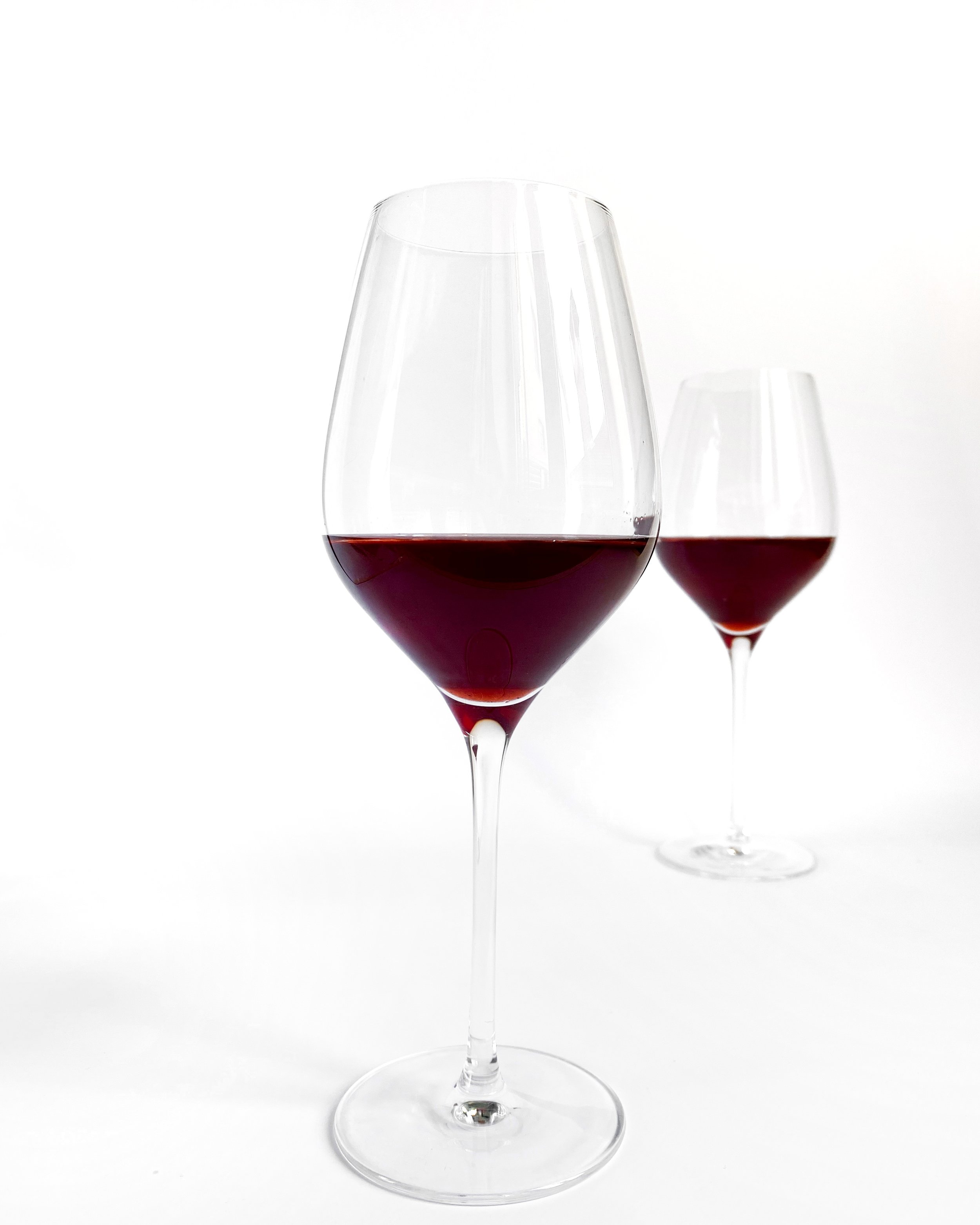
The Mathematics Of Pretty Good Wine
I drink a great amount of wine. And what I drink is normally quite good for my palette, but normally not expensive. Some may consider me to be a wine snob, but I don’t think so. First of all, I primary drink whites, primarily Chardonnay, and don’t have reason, interest, $s, and/or capability to play the prestigious red wine mental games of which vintage, which vintner, etc. BUT, what I do is actually subjectively mathematical rather than the extensive research and memorization of terroir issues of a multitude of individual red grapes and vintages.
To go further into my point, I need to first make several points that are not necessarily known by many of us non-snobs. Most importantly, most wines across the globe, reds and whites, are blends of various grapes that are permitted by the respective governments to be described as a single grape. For example, in the U.S. (as well as France and other countries) a bottle of Cabernet Sauvignon wine must contain a minimum 75% of the noted grape. The same is true for merlot, chardonnay, Sauvignon Blanc, etc. Arguably, the most well-known wines that are based upon blending grapes are the French Bordeaux’s to historically service the British market, e.g., Claret is primarily Cabernet Sauvignon with other grapes blended in. This point of the lack of single-grape purity is critical in accepting the underlying justification of what I present below as to blending bottles mathematically.
As a side note, I had the privilege of being set up with a private tour of 2 famous champagne houses: In the case of Roderer in Reims, their blending was a blending of blends. That is, they maintain stocks of various vintages of their champagne (a blending of Pinot noir and Chardonnay) that are blended so as to maintain a “house” taste. So, their infamous Chrystal each year is a mixture of current and past vintages. With some unpredictable frequency, they will market a single vintage, so noted on the bottle – and more expensive – but I expect also aligned with their house taste.
What I often do at home when trying a wine unknown to me, is to take a small sip and decide on the degree of several characteristic, e.g., for Chardonnay that can be a very subjective analysis of the degree of butter (malolactic), crispness, oak, minerality, fruit, acidity and the complexity overall. Focusing on inexpensive wines, I expect to find only one of those criteria, but two at best for the taste that I prefer. Now, after years of doing the following, I can go to my stash of inexpensive wines and bend a bottle of wine with complimenting characteristics with the new wine and deliver a wine that could demand a greater price. One example is Columbia Crest Grand Estate Chardonnay that exhibits great butterscotch notes, but no minerality or oak. As a side note, I don’t even try to blend a Sauvignon Blanc with anything. Its normal grapefruit intensity, including its acidity, cannot be blended to any extent that is acceptable to me. I am too old for that acidity.